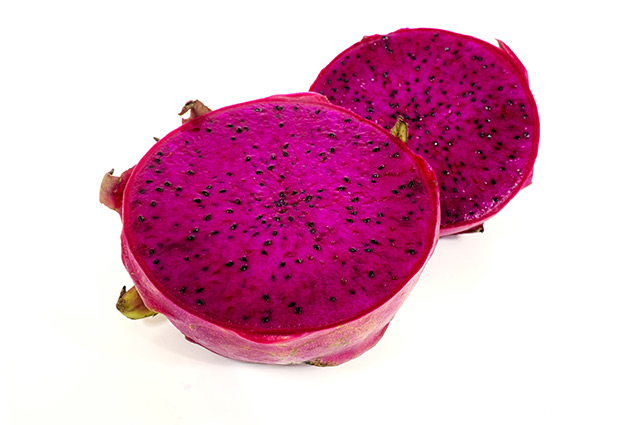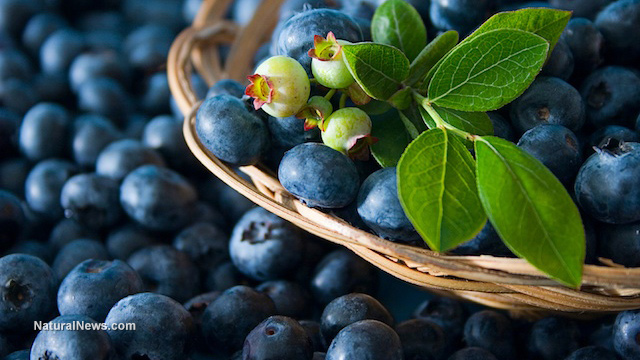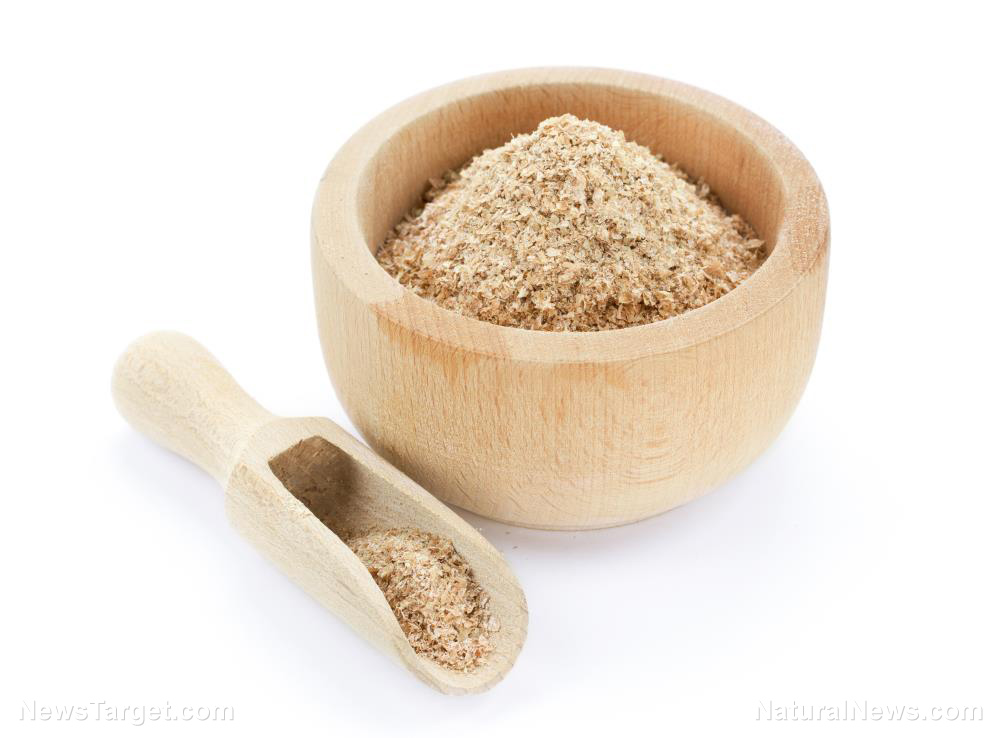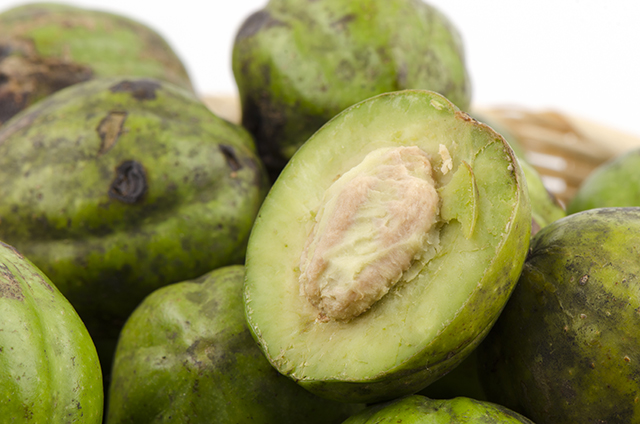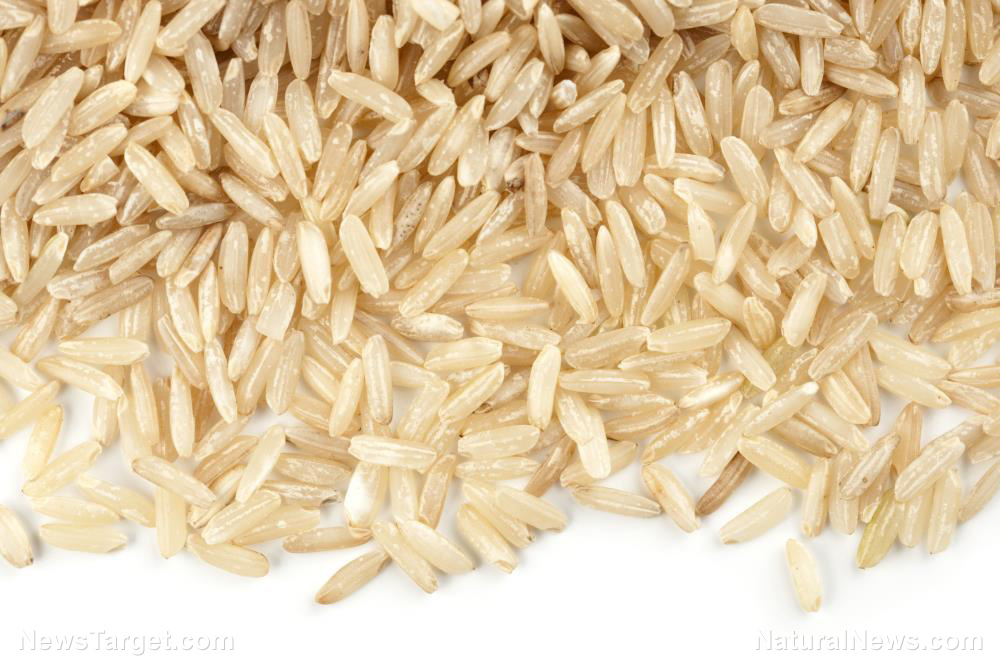Lingonberries – sources, health benefits, nutrients, uses and constituents at NaturalPedia.com
07/12/2017 / By Earl Garcia

Lingonberries are a popular wild fruit that grows especially abundant in the Scandinavian region. The fruits are typically found in the Northern hemisphere’s boreal forest and Arctic tundra, which range from Eurasia to North America. The berries are characterized by their brilliant red color and tarty flavor. Lingonberries are related to cranberries, only smaller and juicier. Lingonberries usually ripens in late summer to autumn. The berries come in many names including cowberries, fox berries and mountain cranberries.
List of known nutrients
An article in FruitsInfo.com enumerates the many essential nutrients found in lingonberries such as:
- Calcium
- Copper
- Folate
- Iron
- Magnesium
- Manganese
- Niacin
- Pantothenic Acid
- Phosphorus
- Potassium
- Riboflavin
- Sodium
- Thiamin
- Vitamin B12
- Vitamin B6
- Vitamin C
- Vitamin E
- Zinc
Medicinal uses for lingonberries
Lingonberries are touted for their protective properties against certain types of cancer including leukemia, colon, and cervical cancer. According to a 2008 study, the procyanidins in lingonberries play a major role in the fruit’s cancer-fighting properties. Likewise, the fruit’s high antioxidant content is found to counter the harmful effects of free radicals and protect the body against cellular damage.
Lingonberries are also valued for their potent anti-inflammatory components. A study carried out in 2014 revealed that lingonberries were highly effective in reducing the levels of a harmful inflammatory compound. Another study showed that lingonberries are notably high in quercetin, a type of flavonoid that contain anti-inflammatory properties. The high quercetin content in lingonberries is shown to ease pain and swelling associated with rheumatoid arthritis. Besides this, the fruit’s powerful antioxidant and anti-inflammatory properties are found to combat various conditions such as Alzheimer’s disease, coronary disease, and other degenerative disorders.
Likewise, the berries are noted for their beneficial effects on the urinary system. Like cranberries, lingonberries are particularly high in flavonoids called proanthocyanidines, which are touted to prevent the recurrence of urinary tract infections. In fact, a study published in 2001 revealed that regular consumption of combined lingonberry and cranberry juice resulted in fewer UTIs compared with a lactobacillus drink.
In addition, lingonberries are known to counter the effects of a high fat diet. According to previous studies, the berries’ high polyphenol content is responsible for this healthy effect. Aside from this, lingonberries are found to significantly lower insulin and blood sugar levels. This means that the superfood is an excellent food fare against diabetes onset. Lingonberries are also touted for their potential in inducing weight loss and fending off obesity.
Moreover, the powerful anti-inflammatory effects of lingonberries are found to reduce the odds of developing gum infections and subsequent periodontal diseases. Another study published in 2001 showed that tannins found in lingonberries provide potent antimicrobial effects that combat two types of bacteria responsible for gum and mouth disease. On the other hand, lingonberries are also known to prevent a number of skin disorders. Lingonberry leaves are a rich source of arbutin, a compound that was found to address hyperpigmentation and age spots.
Body systems supported by lingonberries
Lingonberries are particularly beneficial to the urinary, digestive, and skeletal systems. Likewise, the fruit’s rich antioxidant content provides positive effects on the nervous and cardiovascular systems. In addition, lingonberries promote both oral health and skin condition.
Ways to use lingonberries
Just like other berries, lingonberries are a popular ingredient in making jams and spreads. Likewise, the berries’ tarty flavor makes for interesting desserts such as baked goods. On the other hand, lingonberries can also be used in various snacks and meat recipes. BBC.co.uk has curated several interesting recipes for lingonberries.
Where to learn more
- 7 Superfruits You Can Grow in Your Garden
- Lingonberries Could Prevent Obesity and Diabetes
- Depression and other mental illnesses; A multifaceted condition that may be resolved with dietary treatments
- Can berries and herbs be used to preserve meat naturally without the use of chemical additives?
- Good Food Choices for Diabetics: Try Soups Made with Beans and Fenugreek
Summary
Lingonberries prevent certain types of cancer, diabetes and obesity, and urinary tract infection.
Lingonberries stave off Alzheimer’s disease, cardiovascular diseases, and rheumatoid arthritis.
Lingonberries reduce the risk of oral infections and skin diseases.
Lingonberries benefits the urinary, digestive and skeletal systems as well as the nervous and cardiovascular systems
Sources include:
Tagged Under:


